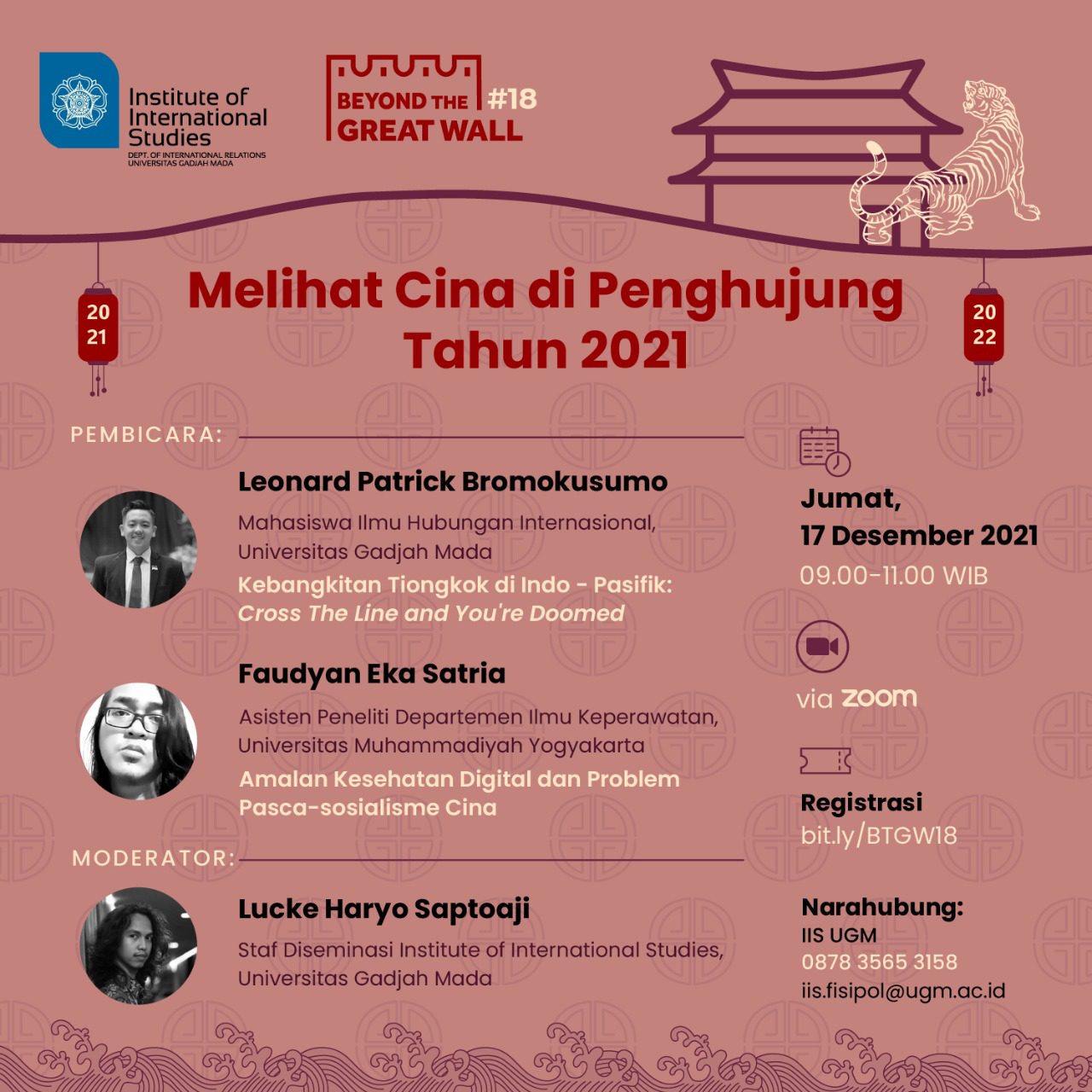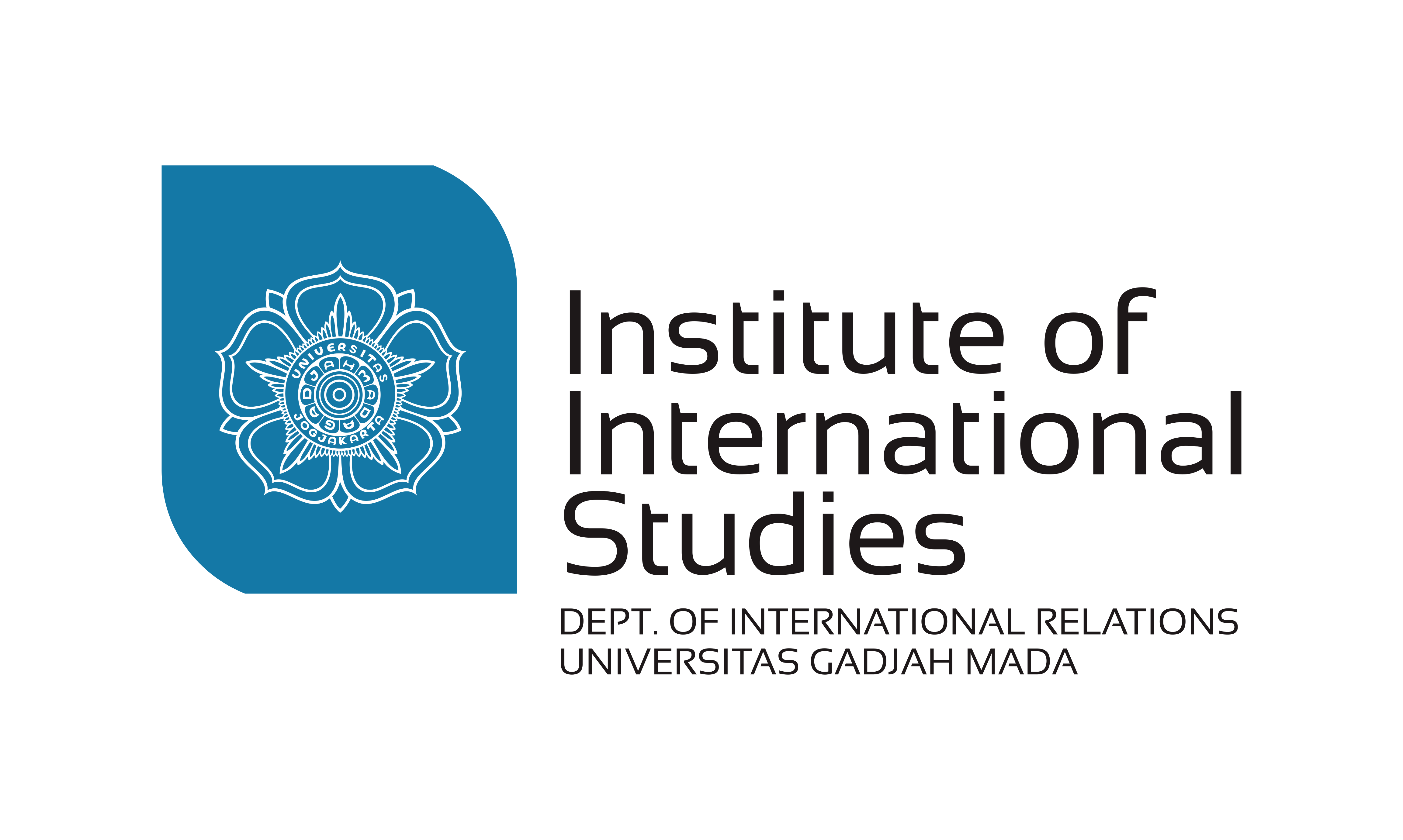1xslots On Line Casino Официальный Сайт
Другие коды выдаются в качестве награды за победу или участие в турнирах, распространяются через партнеров, форумы игроков. На сайте 1хслотс размещается 5000 качественных развлечений в разных категориях Игрокам доступен софт от известных разработчиков. Среди них автоматы, известные карточные и настольные игры, казино лайв с крупье или дилером. Слоты 1xslots проходят тщательную проверку и тестирование перед добавлением в каталог.
На официальном сайте казино 1xslots огромное количество увлекательных слотов на любой вкус. Здесь есть классические аппараты с минимальным набором дополнительных опций и современные автоматы со щедрыми бонусами. Новичкам понравятся гаминаторы от Новоматик, а профессионалам с опытом — игры с живым дилером и слоты с накопительным джекпотом. Эмуляторы представлены концерном Микрогейминг, Бетсофт, Плейтек и др. Много автоматов, но не самый понятный интерфейс, пару раз путался, но после привык и проблем не возникало.
1хслотс регистрация позволяет открыть доступ к полному набору функций. В том числе, бонусным предложениям, которые сделают игру значительно выгоднее. К ним относятся депозитные и бездепозитные подарки 1xslots. В клубе действует рейтинговая система, влияющая на размер бонусов. Дает бездепозитный бонус one hundred fifty вращений в игре «The Dog House Megaways». Бесплатные промокоды на фриспины в онлайн казино 1xslots.
- Лучшие бездепозитные бонусы в онлайн-казино за регистрацию с возможностью отыгрыша бонуса без депозита.
- Онлайн казино 1xSlots является стильным, ярким и динамично развивающимся азартным проектом.
- Игры в 1хслотс запускаются с любого устройства.
- Верификацию обязательно просят, как по мне это плюс.
По умолчанию стоит рубль, но можно выбрать евро, доллар или другую валюту. Ежедневно в казино 1хСлотс назначается слот дня. При совершении ставок на определенную сумму в этом игровом аппарате игроку начисляются фриспины. Обратите внимание, время действия акции ограничено. На четвертый депозит – 25% от внесенных средств и 45 фриспинов.
Промокод В 1xslots
Максимальная сумма, которую можно получить в качестве вознаграждения, составляет 450 EUR. В дополнение к бонусной программе онлайн казино 1хслотс официальный сайт предлагает кешбэк до 11%, начисляемый от суммы проигранных средств. В 1хСлотс без отыгрыша нужно в личном кабинете интернет казино. Также на этой странице пользователи могут найти работающие коды для бесплатных вращений. Чтобы получить к ним доступ, надо ввести действующий бонус код для активации фриспинов.
Рассказываем, как получить в 1xSlots казино бездепозитный бонус без отыгрыша. Лучшие бездепозитные бонусы в онлайн-казино за регистрацию с возможностью отыгрыша бонуса без депозита. Все казино имеют лицензию и оригинальный софт. Размер бонуса 200 FS в Sweet Bonanza Xmas от Pragmatic Play. 1xslots (1хслотс) популярное казино среди постоянных посетителей игорных заведений.
Slots Мобильная Версия
Я не зацикливаюсь на слотах — кости, карты тоже интересные игры. Хочется поблагодарить менеджеров за богатую подборку. Онлайн казино предлагает на выбор множество платежных систем, начиная от Qiwi и заканчивая Skrill. Денежные средства невозможно зачислить через Яндекс.Money. Есть возможность отправить деньги c мобильного телефона любого российского оператора, исключение — Тинькофф мобайл.
Для этого выберите одну из иконок в окне и следуйте инструкциями на экране. В процессе понадобится привязать соцсеть к счету в казино. Для входа используется тот же способ, которым происходила регистрация. 1XSlots Casino — новое лицензионное казино с 3000 играми и моментальными выплатами. Бонус новым игрокам от депозита a hundred рублей 200% без вагера. Новые пользователи 1xSlots могут считать себя настоящими счастливчиками, ведь в компании существует специальная программа лояльности для новичков.
Этапы Регистрации В Казино 1xslots
Так что всегда найдется, как вечерок с удовольствием провести. За наличием действующих зеркал следит команда разработчиков и аналитиков азартного клуба. Владельцы 1xSlots Casino гарантируют клиентам бесперебойный доступ к игровому ресурсу 24/7. Также возможна через актуальное зеркало регистрация на сайте. Акционные поощрения имеют множество дополнений и вариаций, благодаря чему увеличивается шанс на крупный выигрыш.
Для постоянных игроков онлайн-казино 1xSlots проводит бонусные акции. Некоторые из них носят временный характер, другие – действуют постоянно. В большинстве своем пользователям предлагаются депозитные бонусы. Так, презент можно получить за пополнение счета в понедельник.
Slots Мобильная Версия
Геймеру необходимо указать свое имя, придумать логин, пароль и выбрать валюту. Далее следует указать номер мобильного телефона. Не забудьте согласиться с правилами онлайн-клуба. После получения смс-ки можно войти в личный кабинет и дополнить нужную информацию. В последующем для входа в аккаунт нужно будет ввести свой логин и пароль. Для быстрого входа рекомендуем использовать кнопку «Запомнить».
Казино 1xslots И Его Особенности
После отыгрыша сумма зачисляется на основной счет и становится доступна для выплат. В 1xSlots бездепозитный бонус смело можно назвать одним из самых востребованных вознаграждений. Впрочем, ничего удивительного, ведь никто не откажется сделать несколько ставок за счет компании. Рассказываем, как получить поощрение, не требующее пополнения счета.
Slots Отзывы, Пример 23
Бонус дает умножение для первых четырех депозитов и дополнительные бесплатные вращения. Минимальная сумма – 10 евро (для первого) и 15 евро (для последующих пополнений), максимум – 1500 евро. В клубе 1xSlots промокоды принесут пользователям дополнительные бонусы. Дополнительно в клубе проводится множество турниров с крупным призовым фондом. Принимать в них участие может любой зарегистрированный игрок.
Только так геймер сможет получить выигранные им деньги. Условия отыгрыша прописаны в правилах онлайн-казино 1xslots. В случае невыполнения клиент не сможет вывести призовые средства. Заметно, как казино растет, еще год назад для меня это был очередной клон всем известной бк/казино, которое также начинается на 1х.
История и приключения, криминал, космос, гламур и романтика, сказки, комиксы, ужастики, аниме и вестерн — выбор за гемблером. Протестировать понравившийся эмулятор можно бесплатно. Демка поможет изучить особенности симулятора и определиться с тактикой. Скачать мобильную версию смогут все желающие.
Slots Отзывы Игроков, Пример 3
Кешбэк в казино 1хслотс выплачивается раз в неделю. Чем активнее игрок и выше его статус, тем выше процент возврата. Тематика игровых автоматов казино 1хслотс удивит даже профессионалов.
Многие чаще всего отдают предпочтение смартфонам для гейминга, ведь это довольно удобно. По этой причине онлайн казино предоставляет скачиваемую версию. Отыщите и щелкните клавишу приложения и откройте файл установки, процесс пройдет за 1-2 минуты.
Для работы достаточно скачать apk-файл по ссылке, расположенной в левой части стартовой страницы сайта. Бонус доступен как для новых, так и для действительных игроков. Для активации фриспинов необходимо на официальном сайте казино 1xSlots зайти в раздел «Бонусы и подарки» и ввести наш уникальный код. Мобильная версия онлайн казино 1хСлотс доступна для загрузки бесплатно.

